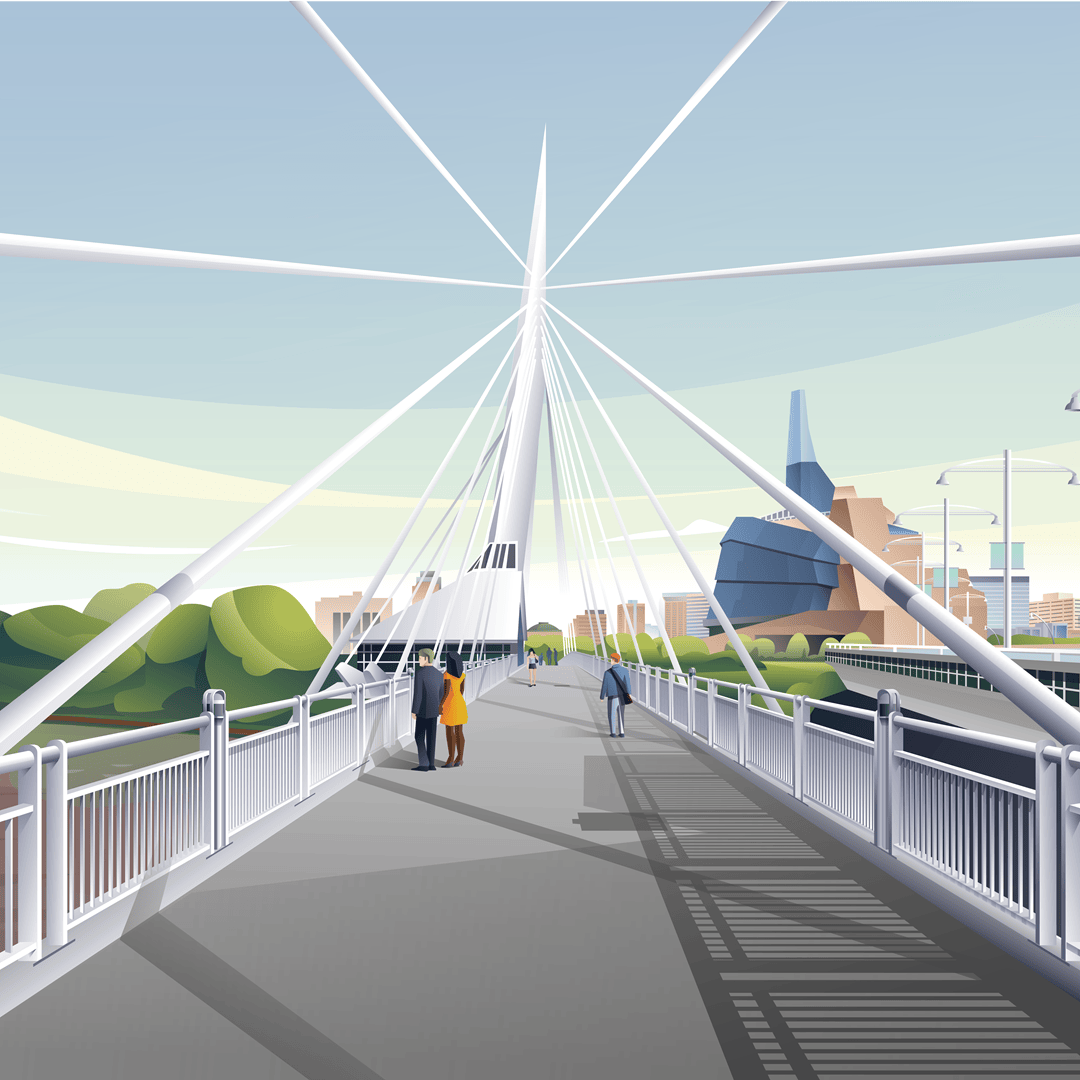Selkirk
Selkirk is located 20 km outside of Winnipeg.
You can enjoy the calm quiet, away from the city lights, while being just a short drive from Winnipeg.

Cambrian has been serving the Winnipeg & Selkirk markets since 1959.
Learn what we love about the communities we serve.

Winnipeg has something for everyone.
The city is located in the beautiful prairies surrounded by forests and lakes. Winnipeg is big on local, and tons of local businesses are thriving here, supported by an amazing community. Arts are a huge attraction; the city is known as the 'cultural cradle of Canada' and home to some fantastic arts attractions like the Royal Manitoba Theatre Centre and the Manitoba Opera. If you like sports, you can catch a Jets hockey game downtown or a Blue Bombers football game at Investors Group Field.
Selkirk is located 20 km outside of Winnipeg.
You can enjoy the calm quiet, away from the city lights, while being just a short drive from Winnipeg.
